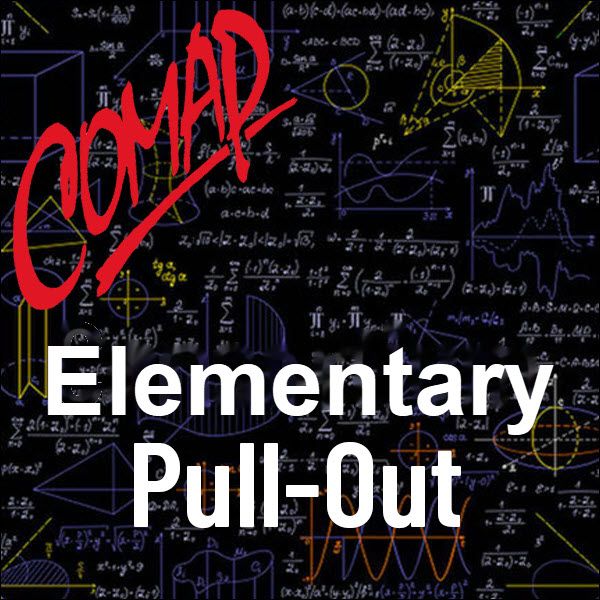Elementary Pull-Out: Rake it or Leave it
Author: Janeane Golliher, Laurie Aragon
The Elementary Mathematician, COMAP's award-winning K-6 newsletter is available for the first time in electronic format. Each issue contains a collection of K-6 mathematic lessons that are fun to teach and exciting to learn.
Each issue of The Elementary Mathematician contains a Pull-Out section which includes thematic lessons based on the national census, wildlife, other cultures, technology, and provides a practical way to bring the concepts and pedagogy of the NCTM Standards into your classroom.
Note: The information below was created with the assistance of AI.
Level of Mathematics
This lesson is designed for upper elementary students, ideally suited for Grades 4–6.
Mathematical Complexity: Moderate
The activity combines estimation, volume calculations, and introductory graph theory (shortest path problems).
It introduces students to optimization concepts without requiring advanced computation.
Prerequisite Skills
Students should be familiar with:
Basic measurements (length, height, volume approximations)
Estimating and comparing sizes
Multiplication and basic arithmetic operations
Map or grid reading skills (interpreting distances and planning routes)
Simple cost calculations (money and unit costs)
Group collaboration and journaling for reflective thinking
No calculator is strictly required but may be helpful for handling unit rate or path cost calculations.
Application Areas
1. Mathematical Estimation
Students estimate the volume of leaf piles using physical references (e.g., grocery bags) and translate this into predicted quantities to fill large bags.
2. Graph Theory and Optimization
The shortest path problem introduces foundations of graph theory—used in areas like logistics, network routing, and operations research.
3. Environmental Science
Encourages eco-conscious practices (leaf mulching), integrating math with ecological sustainability.
4. Entrepreneurship and Economics
Models a real-world business scenario where students earn revenue for collecting leaves but incur a cost based on distance traveled.
5. Physical Activity & Real-World Connection
Includes a hands-on outdoor component, where students rake and bag leaves, linking physical work with mathematical modeling.
Subject Matter Overview
Mathematical Concepts:
Volume Estimation: Using a reference to extrapolate measurements of irregular shapes (leaf piles).
Shortest Path/Optimization: Finding the minimum distance to collect multiple items and return to origin.
Unit Rate/Cost Analysis: Combining payment per gallon and cost per distance to calculate net profit.
Measurement and Spatial Reasoning: Applying dimensional understanding in outdoor contexts.
Activity Highlights:
Raking leaf piles and estimating bag volumes
Using a provided map (Figure 1) to solve a shortest path problem
Determining profitability based on distance-cost tradeoffs
Encouraging strategy development and reflection through journals
Correlation to Mathematics Standards
Common Core State Standards (CCSS):
CCSS.MATH.CONTENT.4.MD.A.1: Know relative sizes of measurement units; record measurement equivalents.
CCSS.MATH.CONTENT.5.MD.C.5: Relate volume to multiplication and addition; solve real-world problems involving volume.
CCSS.MATH.CONTENT.6.SP.B.5: Summarize numerical data sets in relation to their context.
CCSS.MATH.CONTENT.6.EE.B.6: Use variables to represent numbers and write expressions when solving problems.
CCSS.MATH.PRACTICE.MP1: Make sense of problems and persevere in solving them.
CCSS.MATH.PRACTICE.MP4: Model with mathematics.
CCSS.MATH.PRACTICE.MP5: Use appropriate tools strategically.
NCTM Standards:
Measurement: Apply appropriate techniques, tools, and formulas to determine measurements.
Geometry and Spatial Sense: Understand relationships among shapes and solve problems involving space and form.
Problem Solving: Solve real-world and mathematical problems using strategic reasoning and modeling.
Connections: Link mathematics to contexts in everyday life and across disciplines (science, environmental studies, business).

Mathematics Topics:
Application Areas:
Prerequisites:
You must have a Free Educator Membership or a paid Full Membership to download this resource.
If you're already a member, login here.